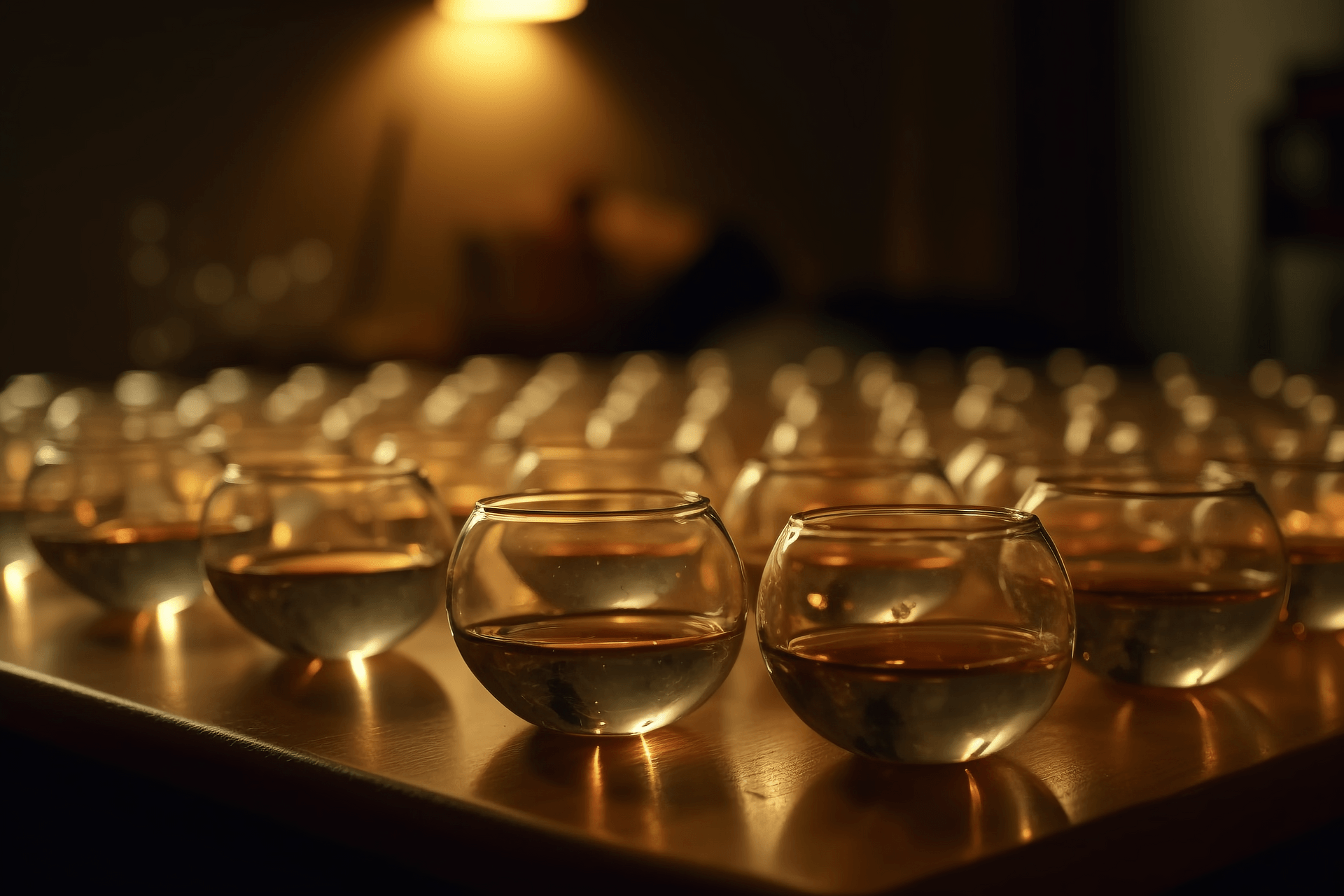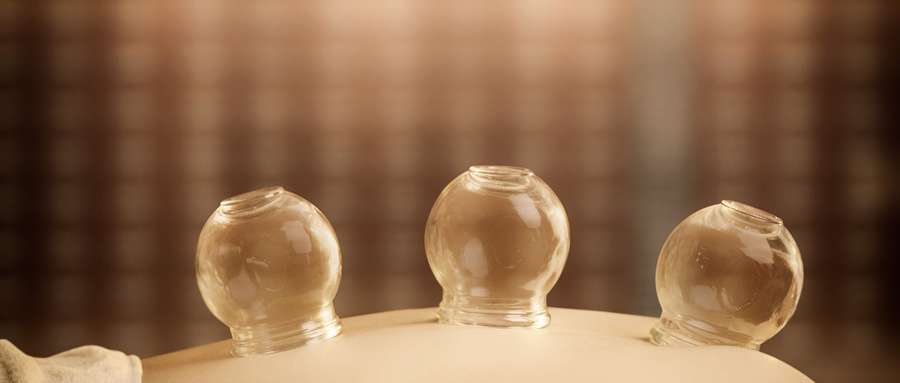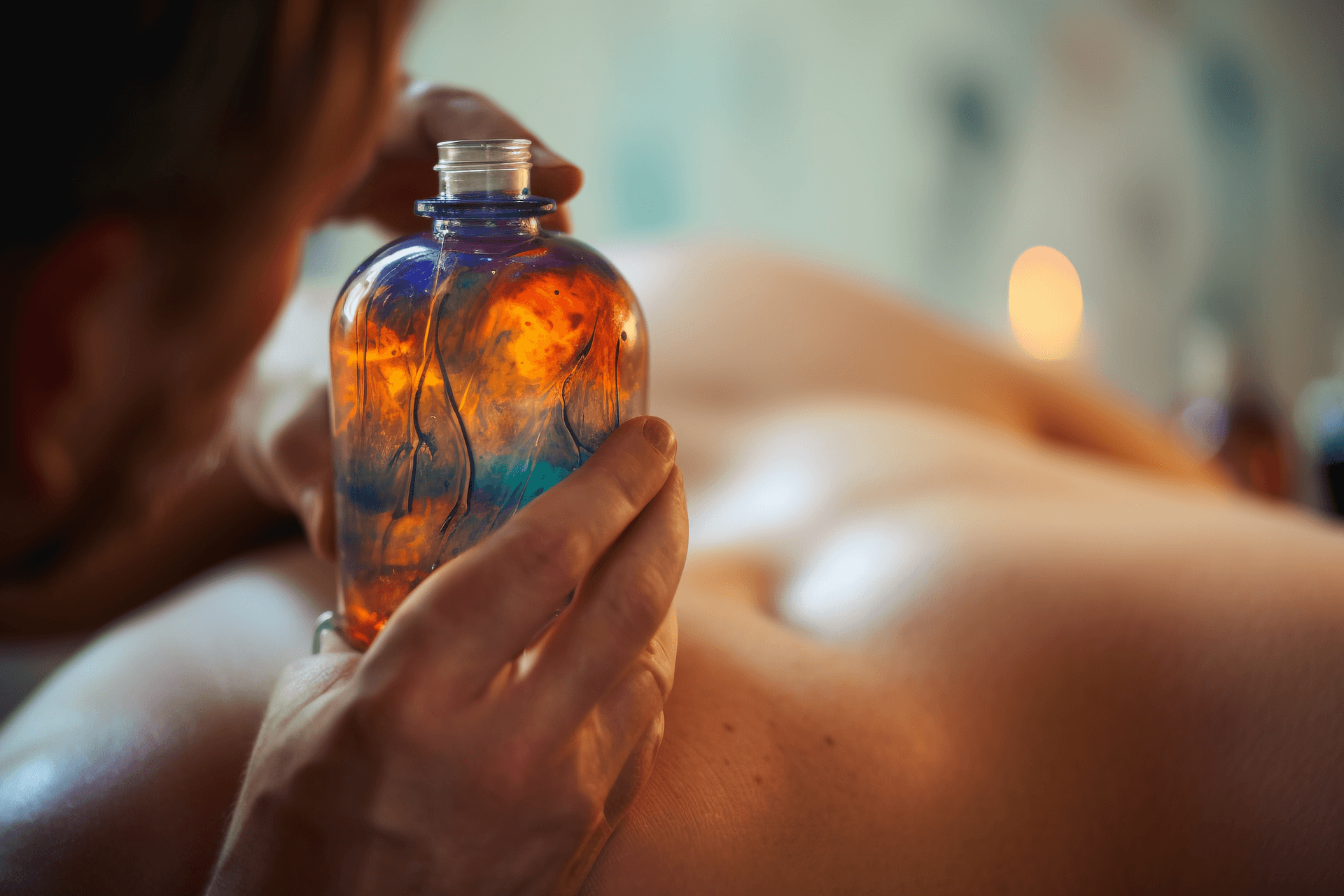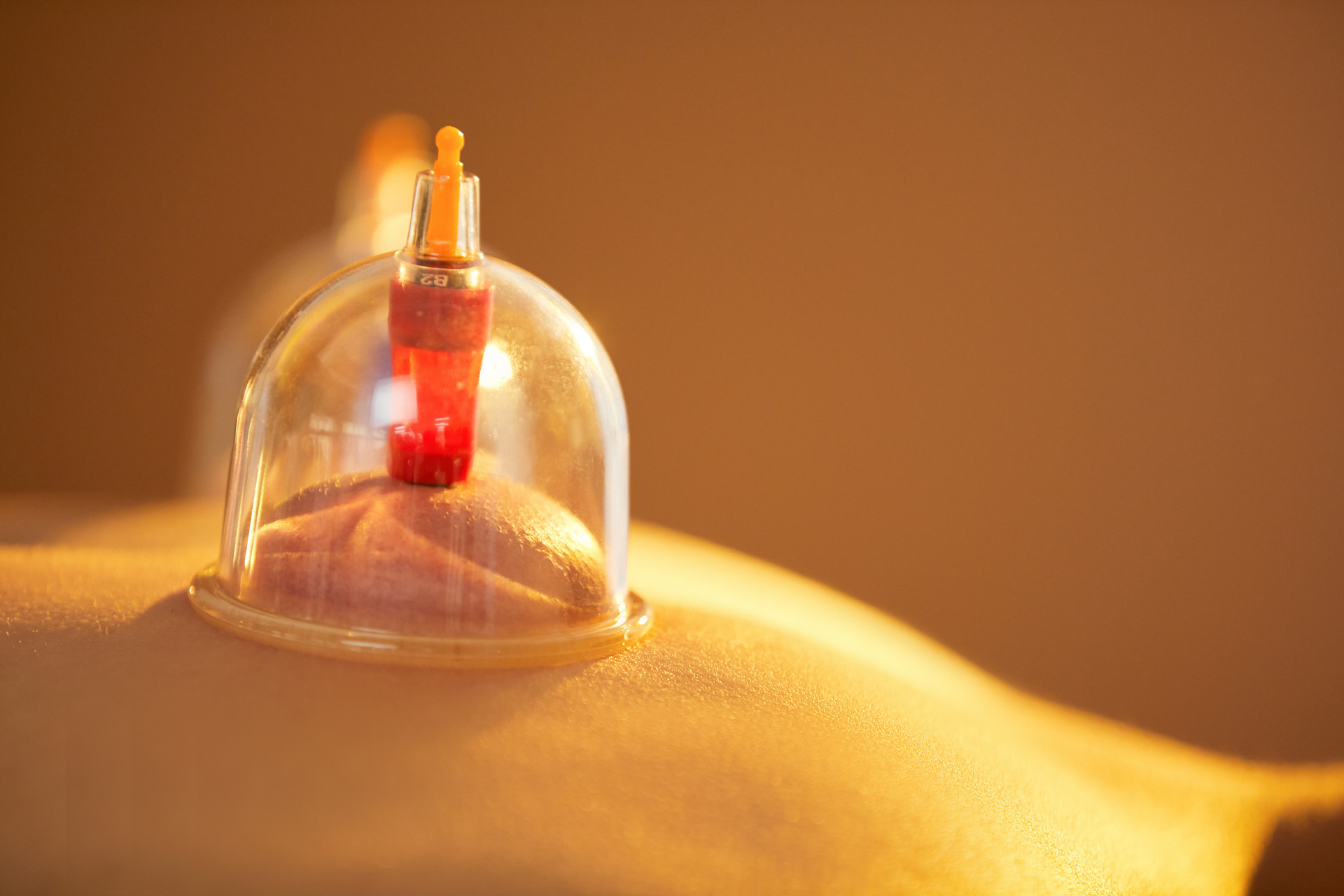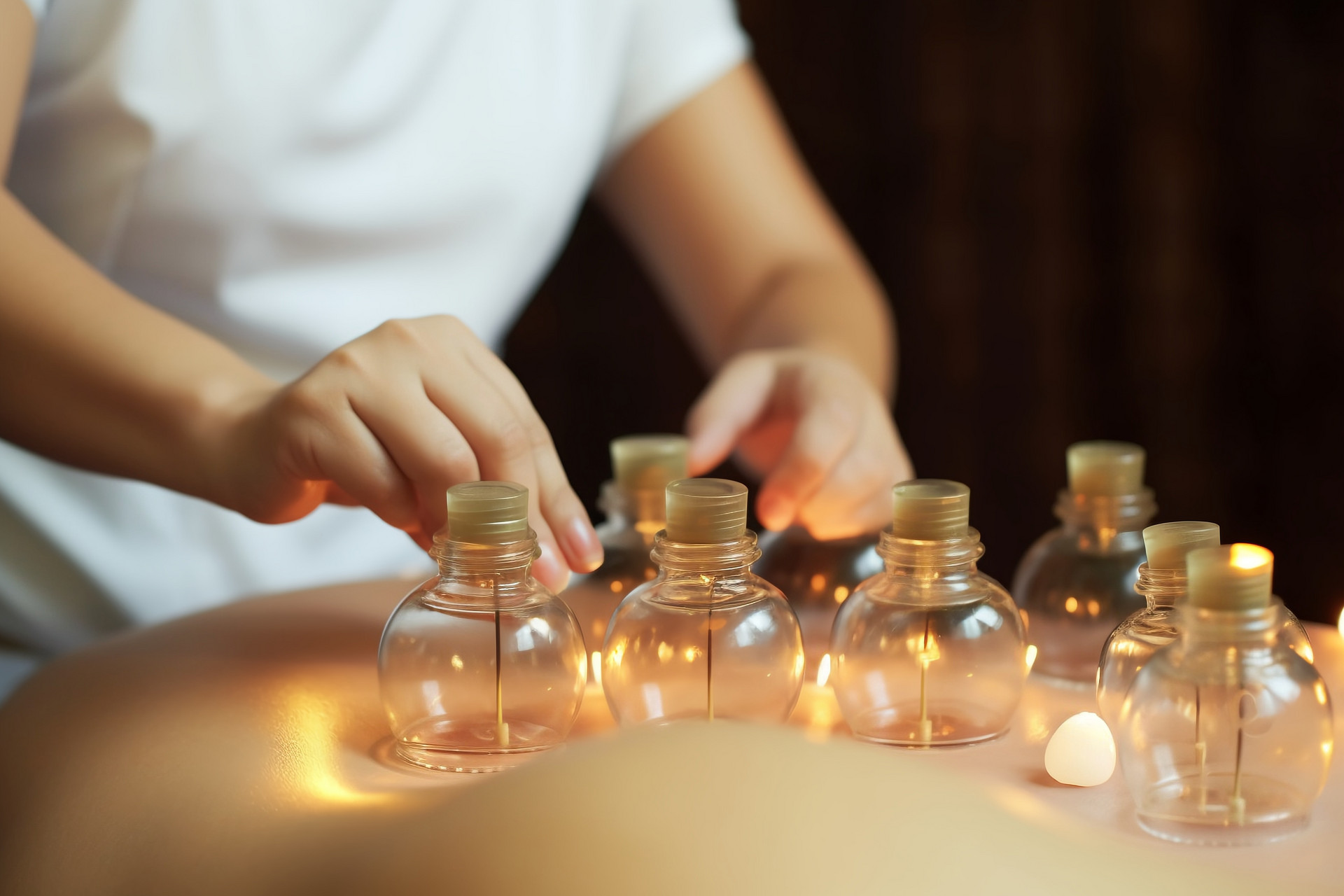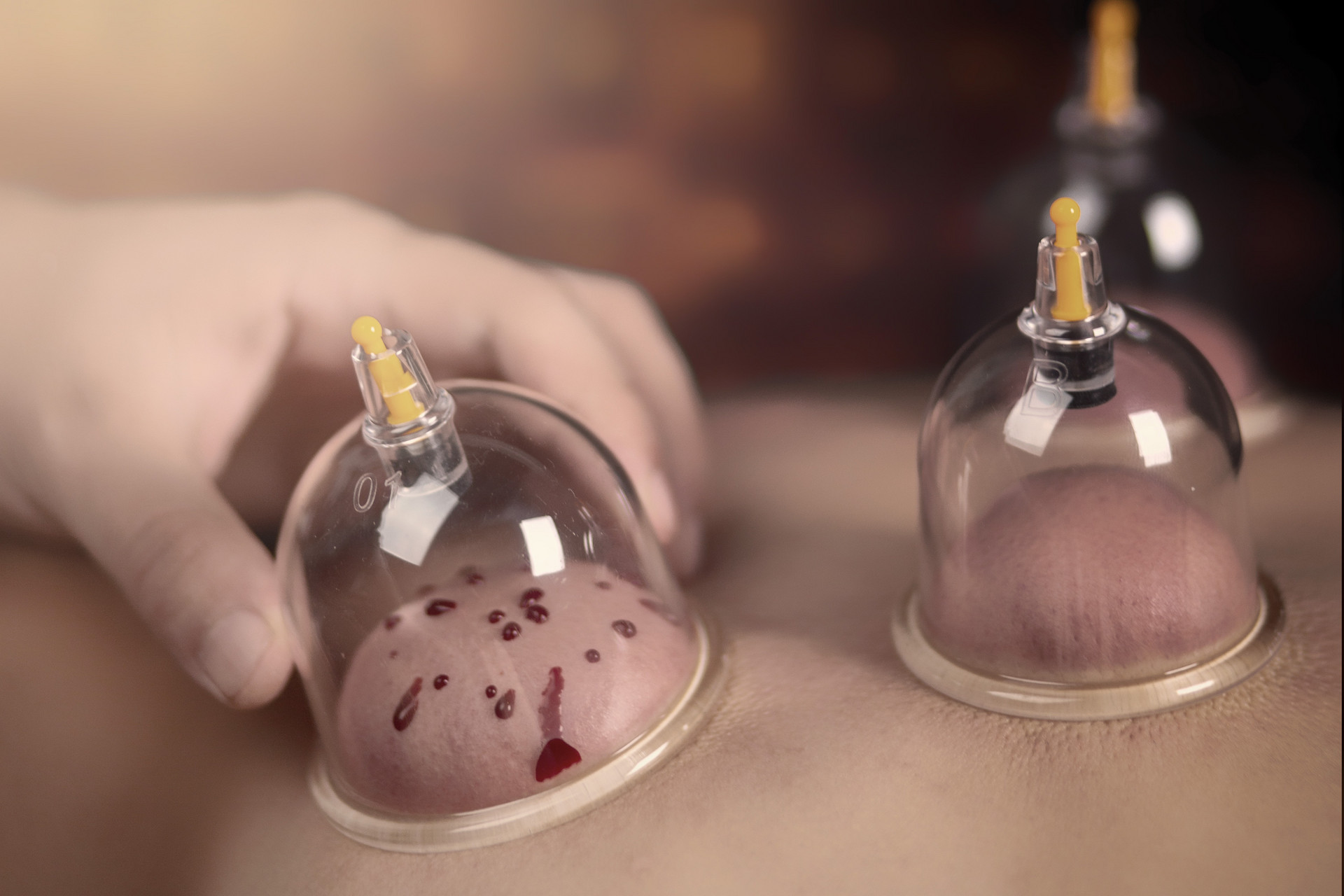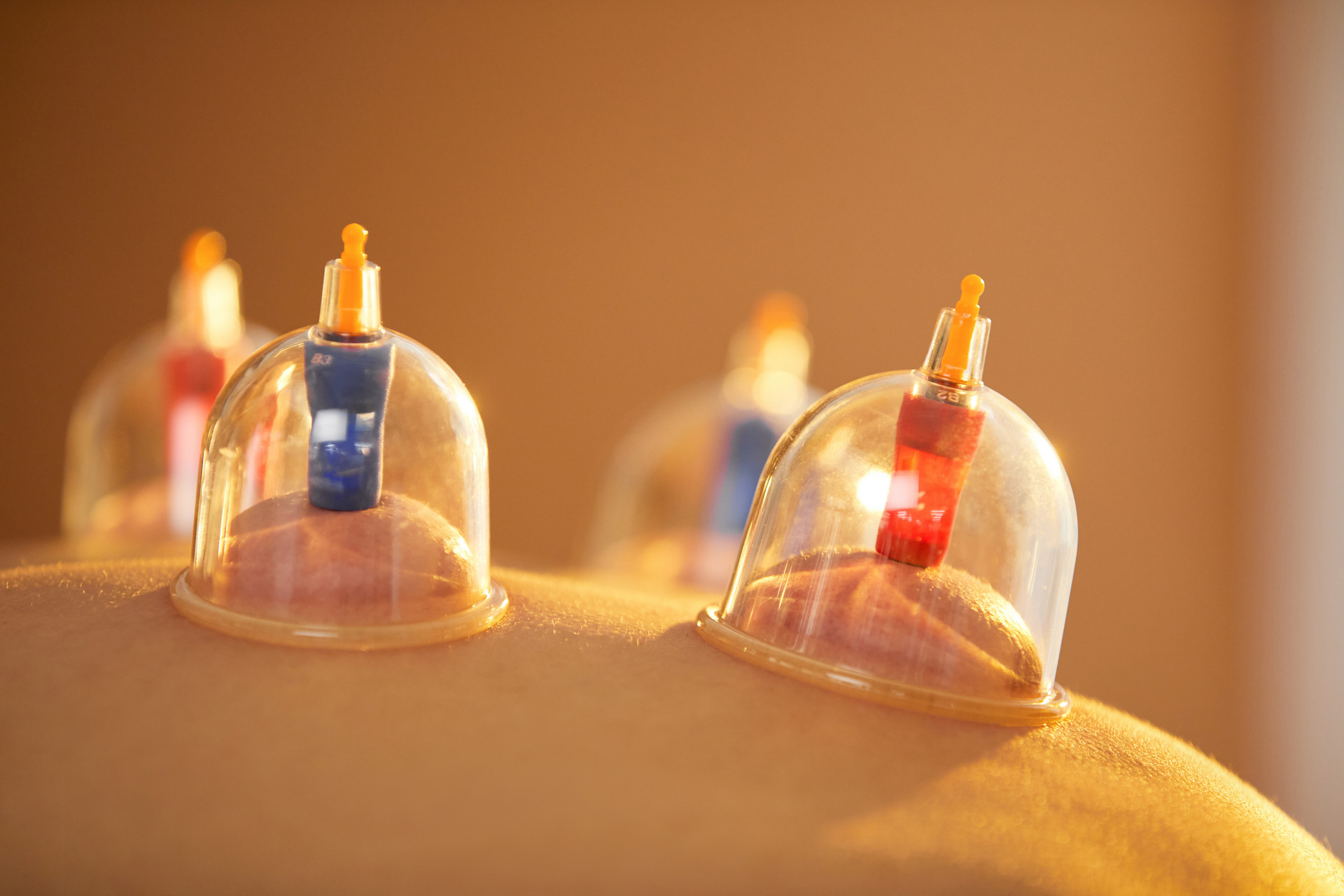1) The patient should be placed in a comfortable position during cupping, and the site of cupping should be flat and the muscles plump. Cupping should not be done on areas with prominent bones or excessive hair.
2) Before cupping, carefully check if the rim of the cup is smooth and if there are any cracks in the cup body to avoid skin damage or the cup breaking or leaking air during the process.
3) Select a cup of appropriate size based on the area to be cupped. The cupping action should be steady, accurate, and fast. Do not burn the rim of the cup with the ignited cotton ball to prevent skin burns.
4) During the cupping period, cover the patient with blankets to prevent them from getting cold. Observe the degree of skin elevation and changes in skin color inside the cup. Avoid insufficient suction causing the cup to fall off and affect the therapeutic effect, as well as avoid the formation of large blisters due to excessively long cupping time or excessive suction.
5) For those with pus or blood, clean the area with sterile cotton balls and cover with sterile gauze. If there is a large blister, puncture the lower edge of the blister with a sterile needle, drain the exudate, and apply gentian violet. If necessary, cover with sterile gauze to prevent infection.
6) Cupping should not be done on patients with high fever convulsions, profuse sweating, bleeding disorders, skin allergies to blood, ulcers, edema, or at large blood vessels. Cupping should also be avoided on the abdomen and lumbosacral area of pregnant women.


